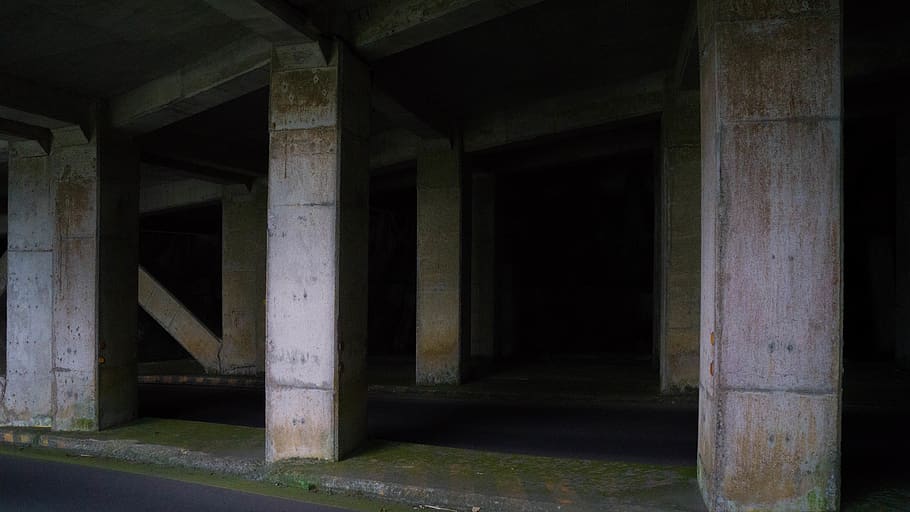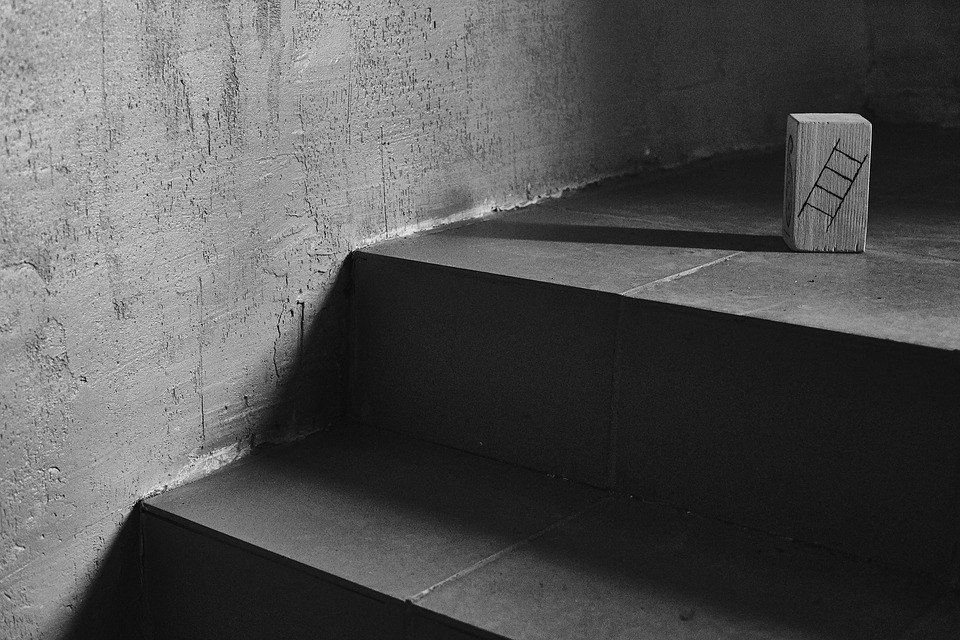The Stages of Building a Basement
Building a basement in new construction means seizing the opportunity of an additional volume for an equivalent space on your land. Building a basement has its advantages, but it requires careful consideration and is subject to precautions that we will detail in this article!
Basement construction: its characteristics
Definition
Building a basement increases the thermal inertia since the basement acts as an additional buffer: its volume acts as an insulator.
Without being heated, the basement, with its more constant temperature, is a source of cooling in the summer and moderates heat loss from the ground in winter.
Note: This is an opportunity to overcome the need for substantial foundations (significant height) on the sloping ground: you can take advantage of the difference in level and thus create a semi-buried basement.
The different types of basement in new construction
The construction of a basement allows the creation of technical or functional spaces to
– make networks more accessible (generally in the ceiling);
– have space for technical rooms (boiler room, storage, storerooms);
– create a garage, a storage room or a cellar.
You can also use it to create an additional living space (playroom, bedroom, office) by installing a source of natural light such as a window well or an English courtyard with a direct opening to the outside (window or door).
Good to know: a ventilation system is required.
Specificities of new construction in the basement
The different urban planning rules
It is important to be aware of the town planning regulations, particularly the Local Town Planning Scheme or the subdivision regulations, which may contain a constraint or a prohibition concerning the construction of a basement in their articles.
As soon as the construction of a basement exceeds 1.80 m under the ceiling, it must be subject to a building permit. A basement with a height of more than 1.80 m is considered a living area and therefore taxable.
The nature of the soil
You will need to obtain information on the nature of the soil.
A very rocky ground requires expensive earthworks (the rock is hard to dig or even impossible to dig as in granite).
An exclusive clay soil (impermeable) or in the presence of a water table close to the surface is not recommended for the construction of a basement.
The ground at the bottom of the slope is more prone to water stagnation.
Contact your town hall or town planning department to obtain information on the nature and flooding of the land.
The purpose of the basement

Then, define beforehand the destination of the basement to prepare the works according to the needs.
A technical space needs less height than a living space: a height of 1.80 m to 2.10 m is sufficient in the first case; a height of 2.20 m to 2.50 m is more reasonable and less overwhelming in the second case. A technical space is not heated and requires ceiling insulation (flocking or rigid insulation); a heated living space requires simple cladding and thin sound insulation.
The cellar space does not need paving but rather a gravel floor to allow better breathing and sufficient humidity (between 50 and 80%) – some people do paving anyway.
We speak of category 2 for inhabited volumes and category 1 for the others: category 2 rooms (inhabited) do not support any humidity, must have mechanical ventilation and be insulated (no bare walls).
Ventilation and aeration
Finally, it will be necessary to think about a ventilation or airing system to be put in place. It is important to maintain good hygrometry and avoid condensation for good comfort.
Moreover, do not forget that walls breathe: being already tight on the outside, be careful not to make them airtight from the inside because you risk trapping water and creating disorders over time. The advice is to leave an air space and then insulate.
Note: the development or construction of a basement from an existing building entails a different approach, even if the waterproofing issues are similar.
Basement construction: prevention and risks
The main objective is to avoid recurrent seepage from the walls and the floor. Indeed, the sensitive point of the construction of a basement is the water tightness: very often, accidents are due to a defect of water-tightness in the basement.
The leading causes of these seepages are water rising by capillary action and runoff or infiltration water stagnating around the walls. The stagnation of this water leads to penetrations, high humidity levels and an unhealthy and allergenic environment with the creation of saltpetre, among other things.
There are solutions to prevent these risks, much simpler and more effective than curing defects after construction:
– Prevent runoff and seepage water from entering the walls by installing drainage along the walls and providing a waterproof coating on the outside of the walls;
– Prevent rising water levels using a casing, particularly in the presence of a water table close to the surface or risk of flooding by a watercourse.
– Limit the number of possible entry points for water such as joints, the passage of ducts or pipes through basement walls.
The steps to build a basement

Here are the steps to proceed with the construction of your basement:
Excavations
Make large, deep excavations, known as full excavations, over the entire basement right-of-way. Excavate an additional 1 meter around the right-of-way, if possible, to allow you to reconstitute permeable soil and ideal for draining runoff water, especially from rainfall.
Note: it is more functional to make the walls and a barrier ideal during the construction so that the land does not collapse on the excavation.
Creation of foundations and slabs at the bottom of the excavation for the basement foundation
When building a basement, a raft is often used, which is a thicker slab than the conventional slab on the ground (15-16 cm thick), which at the same time serves as a footing as the foundations.
A rigid insulation layer and a flexible polyethylene film will contribute to good waterproofing.
The elevation of the vertical walls
They must be able to resist the pressure of the ground. It is mandatory to stiffen and stabilize the walls by reinforcing them.
These walls are often reinforced concrete, the best construction principle to resist water pressure and settlement risk: reinforced concrete walls or solid breezeblocks with vertical and horizontal ties. This allows them to be as continuous as possible by limiting the possibilities of penetrations and the presence of joints.
In the case of sloping ground, the face of the subsoil retaining the earth of the slope is more solicited: it is necessary to oppose the pushes, and the principle of the ballasted wall allows with a wall in reversed T supplement the stability.
The footing (foundation) of the wall extends a little under the ground so that the weight of the ground on the footing produces a counterweight effect.
Drainage
At the bottom of the excavation outside the perimeter walls of the basement, a network must be created to allow the evacuation of runoff water: this is the drainage.
This drainage must be made on the side where the runoff arrives (direction of the slope).
It consists of a longitudinal P.V.C. pipe placed at the foot of the wall surrounded by filtering material and geotextile (sand, gravel and topsoil on top).
Waterproofing of exterior walls
Finally, consider applying a waterproofing layer or coating to the exterior walls, up to 15 cm above the finished floor, and using a protective film or membrane on top.
Note: it seems more prudent to have a professional carry out a concrete study to ensure the basement construction’s stability and meet the paraseismic rules in your region.


Stages of a House Construction Project | Building Pros
24 May 2022[…] – The Stages of Building a Basement […]
Wooden House: The New Generations of Wood | Building Pros
18 July 2022[…] – The Stages of Building a Basement […]